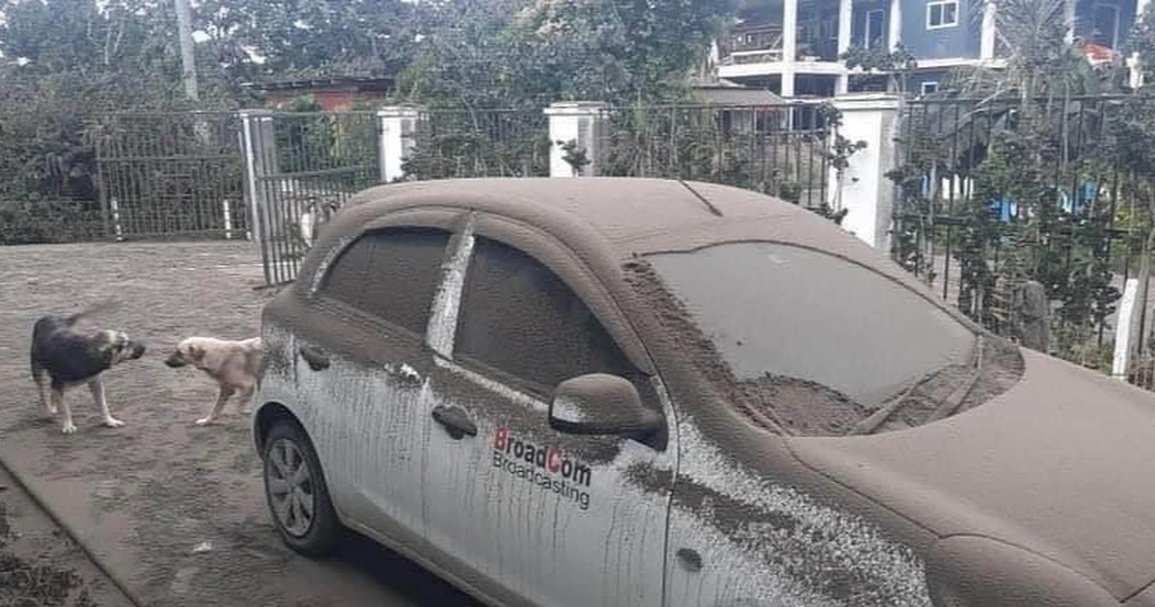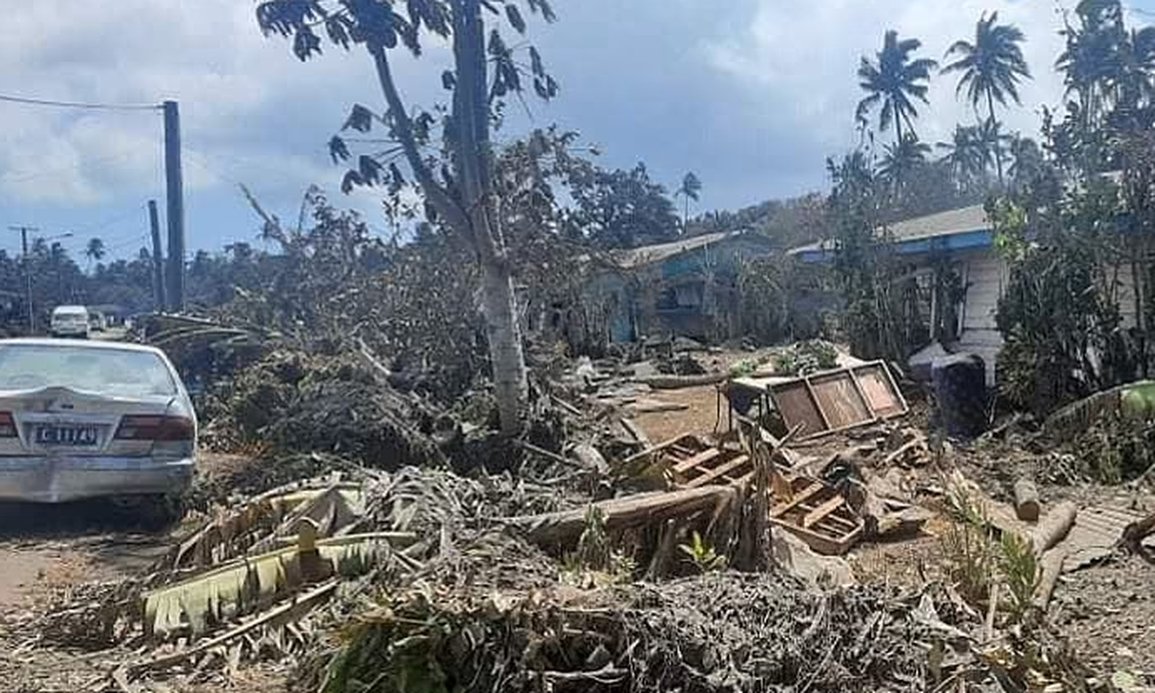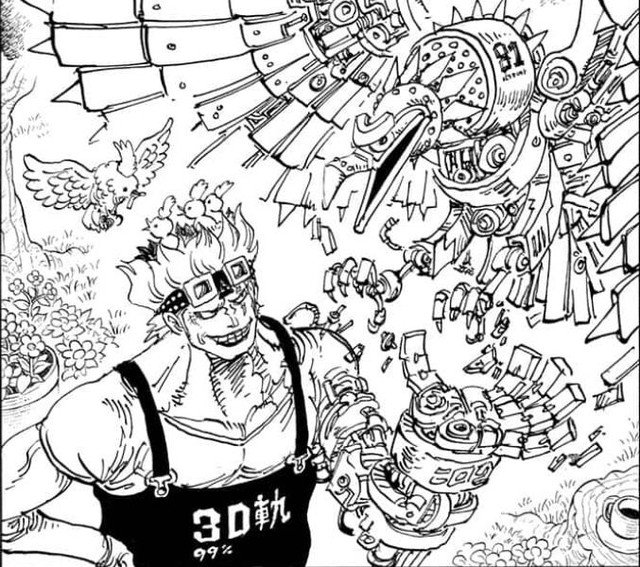(Dan Tri) – Witnesses recounted the horrifying moment of the atomic bomb-like volcanic eruption in Tonga.
Ruined houses and damaged vehicles after a volcanic eruption in Tonga (Photo: Dailymail).
When the Hunga Tonga-Hunga Ha’apai volcano in Tonga erupted violently, sending a tsunami across the Pacific, the explosion on this small island nation was so deafening that families could only wave to their loved ones.
`The first explosion happened, our ears were ringing, we couldn’t even hear each other, so all we could do at that time was wave to our relatives to stand together.
`We evacuated and then we, the whole family, fled the Kolovai area, because Kolovai is right next to the beach,` Kupu said of the chaotic scene on the evening of January 15.
The explosion killed at least 3 people.

Ash and dust covered the islands in Tonga after the disaster (Photo: Dailymail).
According to the Goddard Space Center of the US Aerospace Agency (NASA), the power of the volcanic eruption is estimated to be more than 500 times greater than the nuclear bomb that the US dropped on the Japanese city of Hiroshima at the end of the year.
Tonga has been isolated since the volcanic eruption.
`Dust is on the roofs, on the trees, everywhere. What we are concerned about now is clean drinking water. Most of our drinking water has been contaminated by volcanic dust,` Kupu said.
The most intense volcanic eruption of the 21st century, like an `atomic bomb` in Tonga
When asked about food supplies for Tonga’s 105,000 people, Kupu said: `We can still survive in the next few weeks, but I’m not sure if there will be enough clean water to use.`
The Red Cross says saltwater from the tsunami and volcanic ash are polluting the water supply of tens of thousands of people in Tonga.
`Ensuring access to safe drinking water is an important immediate priority as the risk of diseases such as cholera and diarrhea is increasing,` said Katie Greenwood, a member of the Federation of Red Cross and Red Crescent Societies.
Electricity in Tonga’s capital and elsewhere remains unstable.
Ash covered Tonga after the volcanic disaster
The first images of Tonga after the disaster showed scores of destroyed houses, collapsed trees, damaged vehicles and ash covering the islands.
Across Tonga’s capital and other islands, people are still sifting through rubble and ash as they begin to rebuild their lives in the long term.
A Royal New Zealand Air Force C-130 Hercules aircraft has landed at Fua’amotu International Airport, after the last layer of volcanic ash was cleared from the runway in Tonga.
China said it would send water aid, food and disaster relief equipment to Tonga.


